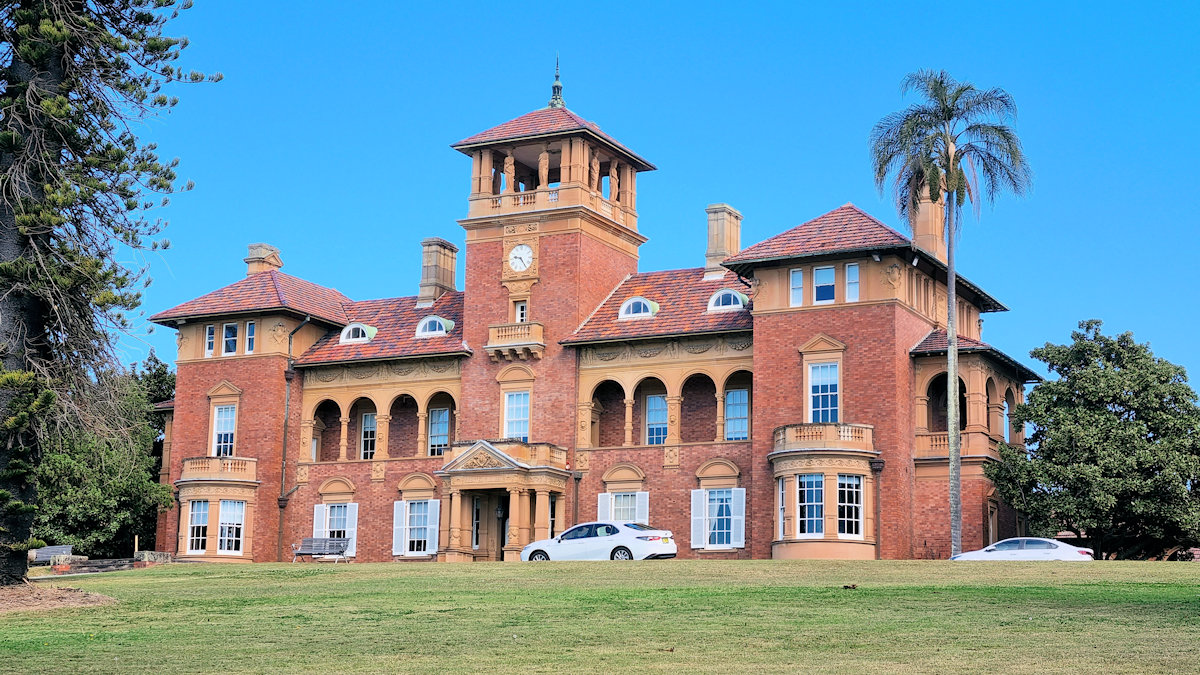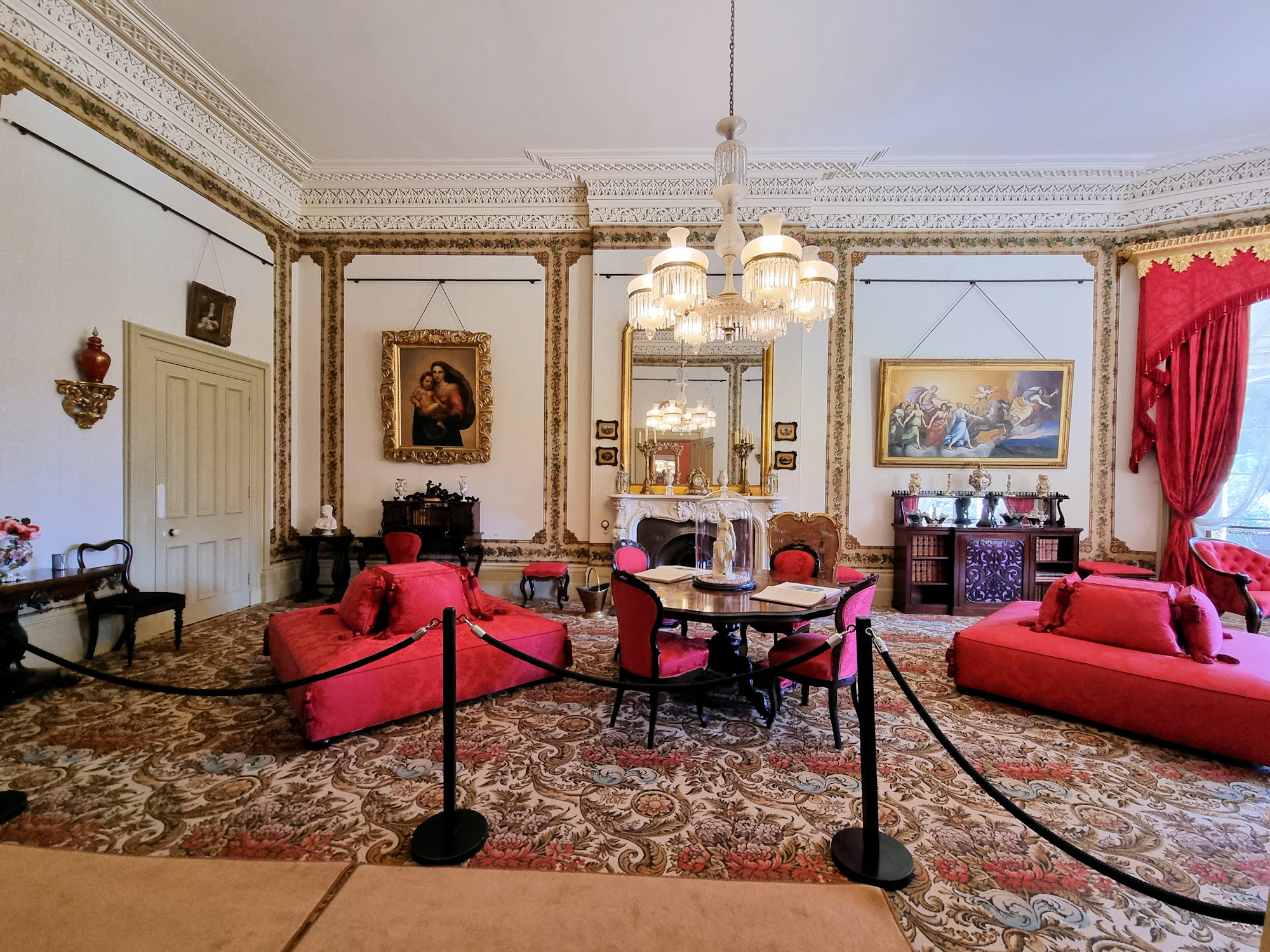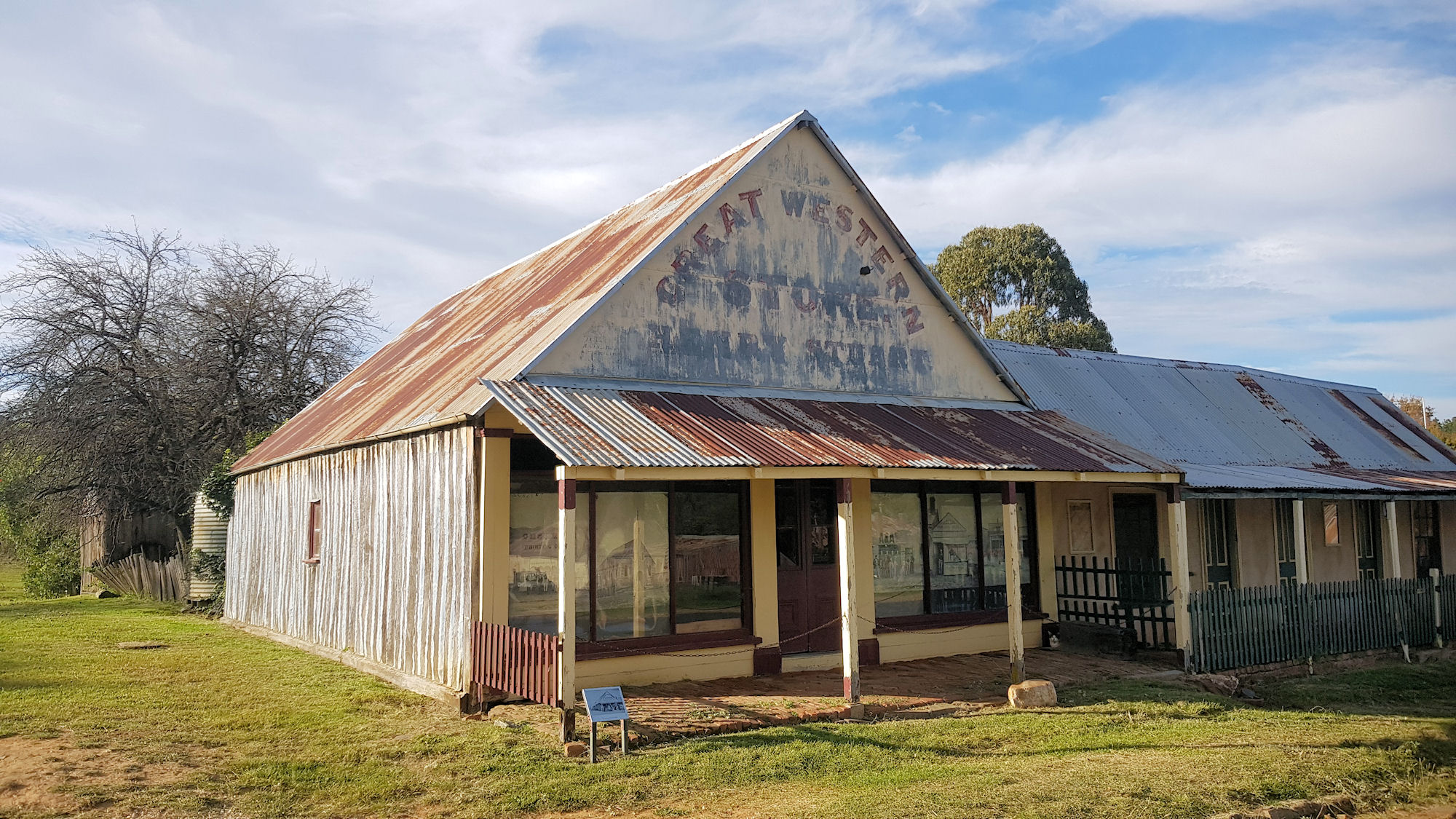Tag: historical buildings
-
Rivendell School Sydney Australia

Rivendell School Sydney Australia History Opened on 21st September 1893 what is now Rivendell School was originally the Thomas Walker Convalescent Hospital. Built from money from Walker’s will, the hospital treated over 70,000 patients convalesced at the hospital, including servicemen from the 1914-18 and 1939-45 World Wars. In 1977, the hospital was transformed into a… Read more
-
Vaucluse House Sydney Historic Home

Vaucluse House Sydney Completed between 1803 and 1839 in the Gothic Revival style, Vaucluse House is one of the few remaining colonial mansions in Sydney still surrounded by its original gardens and wooded grounds. Purchased by colonial explorer, barrister and politician William Charles Wentworth in 1827, it was expanded from a simple cottage to a… Read more
-
Hill End Historical Gold Mining Town

Hill End A gold rush in the 1870s turned Hill End from a small rural village into one of the largest inland towns in New South Wales. When the boom finished, the town reverted back to a small village, however unlike other boom / bust towns many of the historic buildings remain. Now heritage listed,… Read more